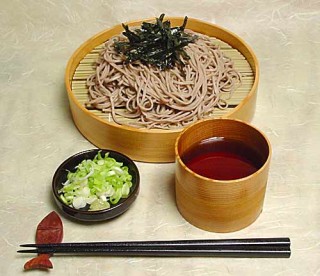Search
▼ Top Foods To Try in Japan
- Category:Other
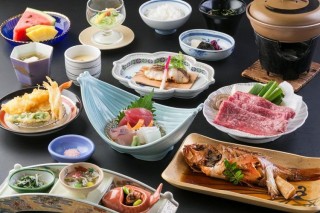
BBC GOOD FOOD
With its stunning natural landscape and strong cultural identity, Japan is a once-in-a-lifetime holiday destination. The East Asian island is also home to some deliciously fresh cuisine.
Unique and beguiling, Japan is a country of binaries. It straddles both the traditional and ultra-modern, and hosts buzzing cities alongside stunning natural landscapes. Its food is notoriously nutritious, with a diet based around super-fresh, seasonal products. We've picked ten dishes to seek out when visiting Japan.
Don’t leave Japan without trying…
Sushi

Put simply, sushi is raw fish served on rice seasoned lightly with vinegar. It’s in the variety of flavours and textures – like tangy, creamy uni (sea urchin roe) and plump, juicy, ama-ebi (sweet shrimp) – that things get interesting. Despite sushi’s lofty image, it has a humble origin: street food.
Ramen
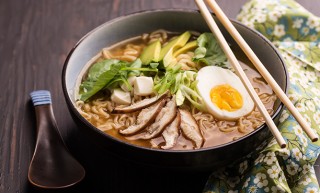
Ramen, egg noodles in a salty broth, is Japan’s favourite late night meal. It’s also the perfect example of an imported dish – in this case from China – that the Japanese have made completely and deliciously their own. There are four major soup styles: tonkotsu (pork bone), miso, soy sauce and salt. Fukuoka is particularly famous for its rich tonkotsu ramen; pungent miso ramen is a specialty of Hokkaido.
Unagi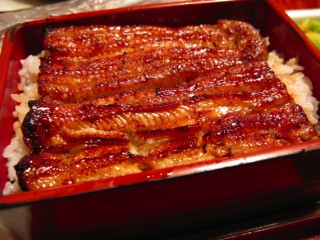
Unagi is river eel grilled over charcoal and lacqured with sweet barbecue sauce. According folklore, unagi is the ideal antidote to the heat and humidity of Japan's stultifying summers. It's a delicacy evocative of old Japan and most restaurants specialize in eel have a wonderfully traditional feel. Fresh, wild-caught unagi is available May through October.
Tenpura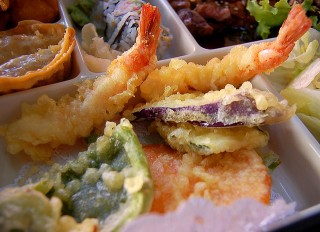
Light and fluffy tenpura is Japan's contribution the the world deep-fried foods (though it likely originated with Portuguese traders). The batter-coated seafood and vegetables are traditionally fried in sesame oil and served with either a tiny pool of salt or dish of soy sauce-flavoured broth spiked with grated radish dipping. Do not miss out on ebi-ten (tenpura prawns)
Kaiseki
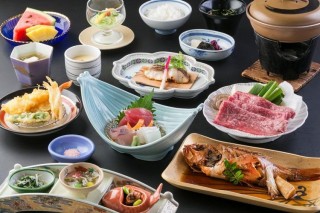
Part dinner, part work of art, kaiseki is Japan’s haute cuisine. It originated centuries ago alongside the tea ceremony in Kyoto (and Kyoto remains the capital of kaiseki). There’s no menu, just a procession of small courses meticulously arranged on exquisite crockery. Only fresh ingredients are used and each dish is designed to evoke the current season.
Soba – long, thin buckwheat noodles – has long been a staple of Japanese cuisine, particularly in the mountainous regions where hardy buckwheat fares better than rice. The noodles are served in either a hot, soy sauce-flavoured broth or at room temperature on a bamboo mat with broth on the side for dipping. Purists, who bemoan soup-logged noodles, prefer the latter.
Shabu- Shabu
Shabu-shabu is the Japanese onomatopoeia for the sound of thin slices of beef or pork being swished around with chopsticks in bubbling broth. It’s a decadent dish, with platters of marbled meat brought to the table for diners to cook themselves – it takes only a moment – one mouthful at a time.
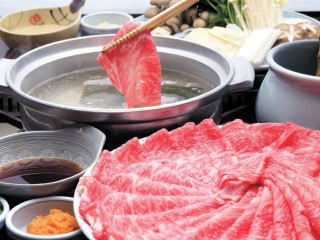
Okonimiyaki
Literally “grilled as you like,” okonomiyaki is Japanese comfort food at its best, and a clear violation of the typical refined image of Japanese food. It’s a savoury pancake filled with any number of things (but usually cabbage and pork) and topped with fish flakes, dried seaweed, mayonnaise and a Worcester-style sauce. It’s also a lot of fun: At most restaurants, diners grill the dish themselves at a hotplate built into the table. 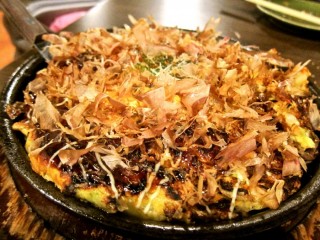
Tonkatsu
Tonkatsu, breaded and deep-fried pork cutlet, dates to the late 19th Century when Japan threw open its doors to Western influence. But never mind the European origin: the ingredients and attention to detail are thoroughly Japanese. Tonkatsu – especially when it’s kuro-buta (Berkshire pork) from Kagoshima – is melt-in-your-mouth tender, served with a side of miso soup and a mountain of shredded cabbage. 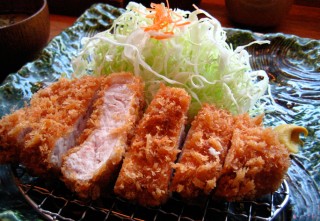
Yakitori
A cold beer and a few skewers of yakitori – charcoal grilled chicken – is an evening ritual for many of Japan’s weekday warriors. Nearly every part of the chicken is on the menu, all grilled to perfection, seasoned with either shio (salt) or tare (a sweet soy sauce-based sauce) and served with a side of friendly banter. 
- September 14, 2015
- Comment (0)
- Trackback(0)


